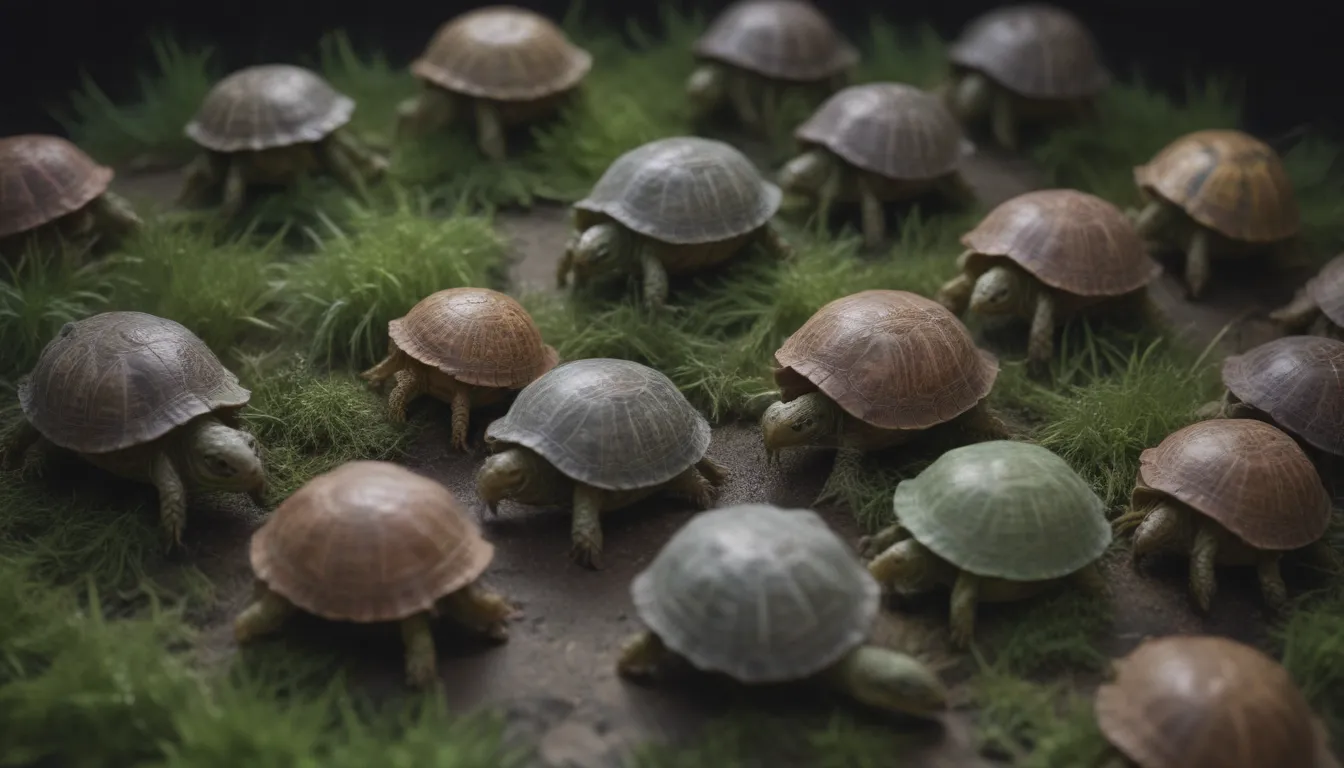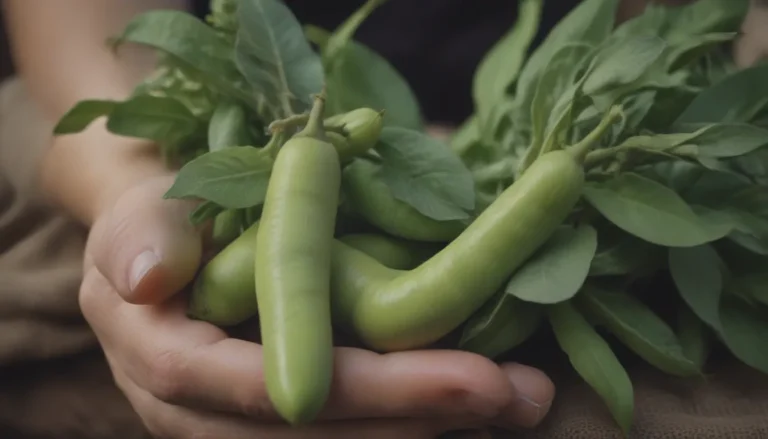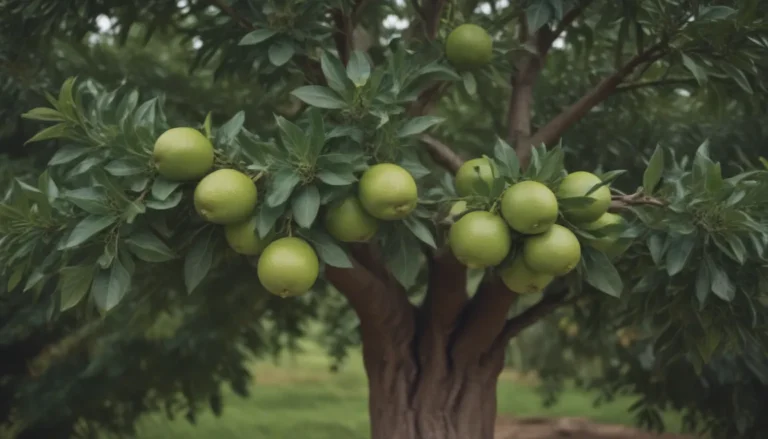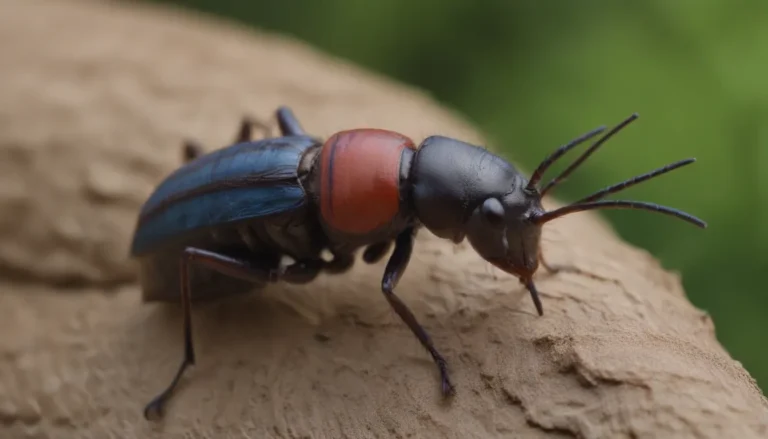The Ultimate Guide to Growing and Caring for String of Turtles Plants

Are you looking to add a unique, conversation-starting plant to your indoor collection? Look no further than the String of Turtles( Peperomia prostrata). This succulent plant, native to Brazilian rainforests, is known for its trailing vines with miniature turtle shell-like leaves. In this comprehensive guide, we will explore everything you need to know to successfully grow and care for your String of Turtles plant.
Why Choose String of Turtles Plants?
The String of Turtles plant is a popular choice among plant enthusiasts for several reasons:
- Unique leaf shape reminiscent of miniature turtle shells
- Intricate multi-colored patterns on each tiny leaf
- Thrives in warm climates but adapts well to household conditions
- Ideal for indoor plant collections and apartment jungles
With its charming appearance and easy-to-care-for nature, the String of Turtles plant is a valuable addition to any plant lover’s collection.
How to Grow and Care for String of Turtles Plants
Growing and caring for a String of Turtles plant requires some effort and attention, but it’s not as complicated as it may seem. Follow these tips to ensure your plant thrives:
Light
- String of turtles plants love bright indirect sunlight to thrive.
- Make sure light reaches all parts of the plant to promote new growth.
Soil
- Use well-draining, acidic soil rich in organic matter.
- A commercial seed starting mix with peat is ideal for String of Turtles plants.
Water
- Keep the soil slightly moist, avoiding overwatering.
- Water thoroughly and allow the soil to dry out between waterings to prevent root rot.
Temperature
- Maintain a consistent temperature of 68°F to 75°F for your plant’s optimal growth.
- Avoid exposing it to cold drafts or extreme temperature changes.
Humidity
- Use a mister or humidifier during dry months to increase humidity around the plant.
- Avoid letting the leaves stay wet to prevent damage.
Fertilizer
- Feed your String of Turtles plant biweekly with a diluted houseplant fertilizer during the growing season.
- Avoid fertilizing during fall and winter months to support healthy growth and vibrant foliage.
Growth Rate
- String of Turtles plants have a slow growth rate, reaching full maturity in three to five years.
- Ideal for small spaces like fairy gardens, container gardens, and glass terrariums.
Appearance
- The unique leaf shape of the String of Turtles plant resembles miniature turtle shells.
- Intricate multi-colored patterns on the leaves mature into bicolored dark and light green.
Propagating and Pruning String of Turtles Plants
Propagating
- Propagate String of Turtles plants using cuttings to expand your collection.
- Follow simple steps to propagate the plant any time of year.
Pruning
- Regular pruning prevents an unkempt appearance and encourages new growth.
- Maintain the shape and vigor of your plant by pruning as needed.
Potting and Repotting String of Turtles Plants
When to Repot
- Repot your plant every one to two years before the growing season in spring.
- Repotting helps improve the plant’s health and appearance by providing fresh soil and adequate space for growth.
Best Pot and Repotting Technique
- Use a shallow pot with drainage holes to support healthy growth.
- Carefully repot your String of Turtles plant by gently removing old soil and untangling roots for optimal growth.
Flowering and Common Pests
Flowering
- String of Turtles plants flower once a year after reaching maturity.
- While the flowers are not visually striking, they indicate healthy plant growth.
Pests and Diseases
- String of Turtles plants are generally resistant to major pests and diseases.
- Watch out for pests like mealybugs, spider mites, and whiteflies, and treat with appropriate measures if necessary.
By following these guidelines and tips, you can ensure your String of Turtles plant thrives and remains a beautiful addition to your indoor plant collection. Transform your space with this unique and eye-catching plant that is sure to spark conversation and add a touch of nature to your home.





